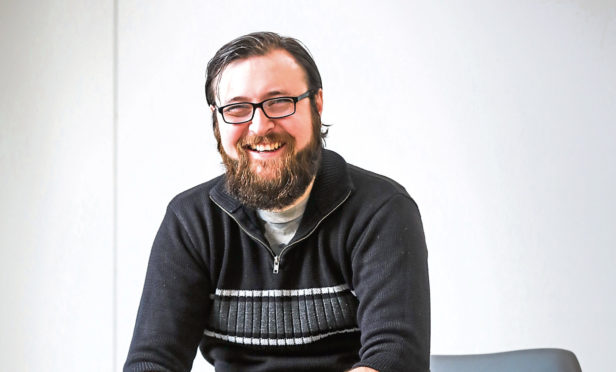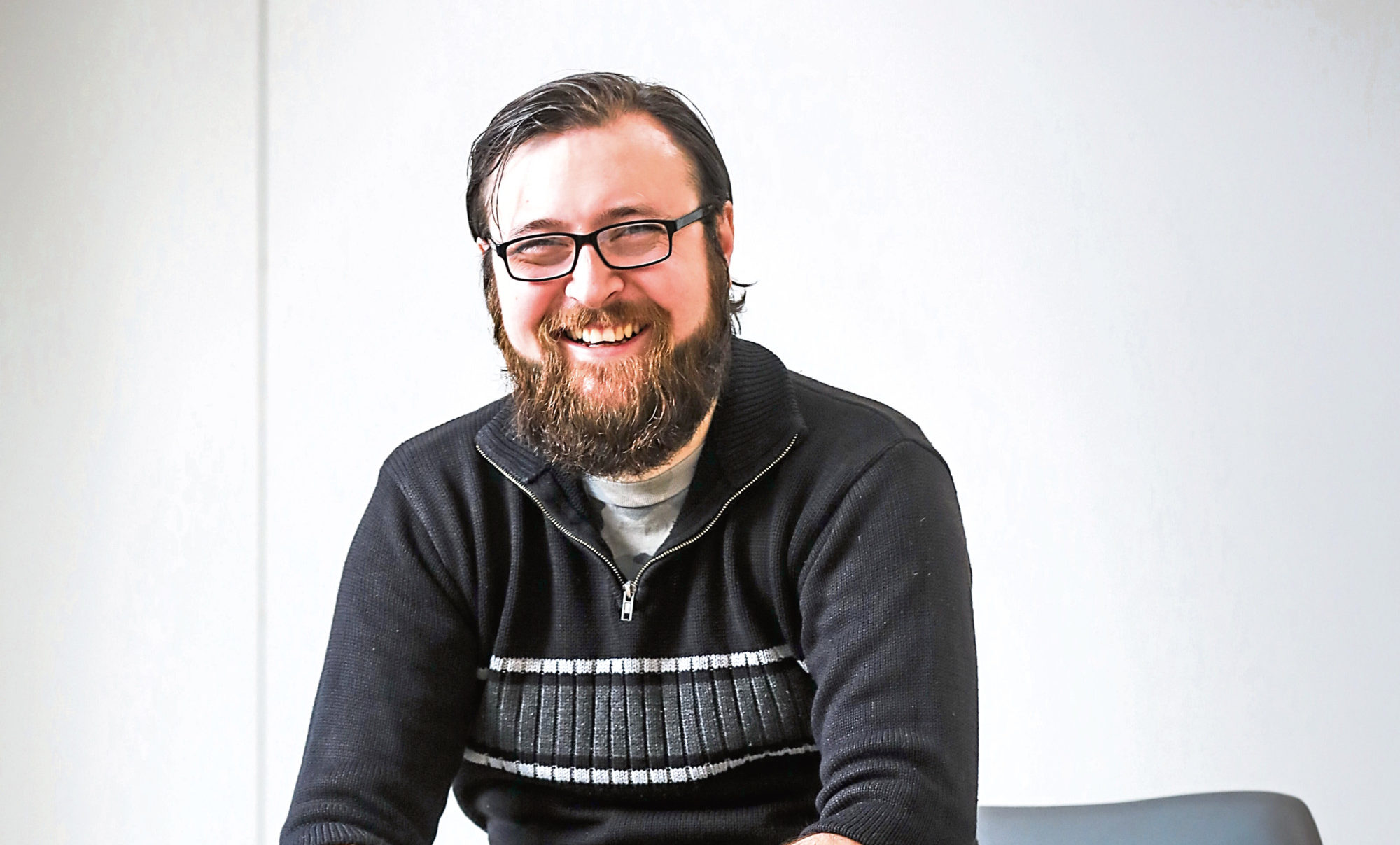Immigration to Scotland is at a historic high, according to new figures released last week.
The Registrar General’s Annual Review of Demographic Trends confirmed that Scotland’s population continues to increase and is now at its highest-ever level of 5.4 million.
And while life expectancy has increased steadily over the last three decades, the National Records of Scotland also confirmed it has stalled in recent years – with deprivation being cited as one of the contributing factors that has halted an increase.
Ten years ago, I had the privilege of being best man at the wedding of my great friend Jaki and his beautiful wife Tapsri in India.
He and I worked together in Dundee and they now live with their daughter in London.
Jaki is the single most hospitable and engaging person you will ever meet and has a razor-sharp sense of humour.
Because of him, and because of immigration, I have benefited culturally, educationally and relationally.
However, discourse on immigration at a UK level has traditionally been divided.
On one side, there are those who have observed and are uneasy about the pace of change and increased pressure upon public services in highly-populated and, largely, working-class areas.
On the other, there are those who have seen and celebrate the notion of free movement and increased access to an international workforce that can bolster business and contribute to the economic resilience of their host nation.
Author Douglas Murray pinpoints this polarisation in his bestselling The Strange Death of Europe.
It is easy to be explicit about the positive case for immigration which, he says, conveys the values of “openness, tolerance and broad-mindedness”.
Want to read more from Ewan Gurr? Click here
To the contrary, those who raise concerns “invite accusations of close-mindedness and intolerance, xenophobia and barely disguised racism”.
In this context, there is little scope for nuance and many choose instead to hide behind a shroud of silence.
By contrast, the conversation at a Scottish level is different.
When Question Time was last in Scotland, deputy first minister John Swinney stated that Scotland has a need to encourage more people to come to contribute to our economy and to work in our public services.
He added: “It is a key economic necessity and has been of considerable benefit to this country and I am proud that people come and work here.”
However, there is a negative undertone to this framing of immigration as well.
We need a new conversation on immigration that is rooted in relationship rather than reducing people to economic commodities that leaves us with language like “migrant labour” when the true value of immigration is found in the cultural, educational and relational benefits we all can, and should, experience.

